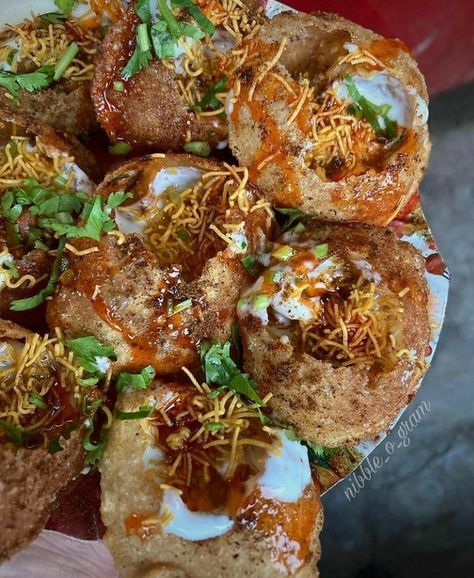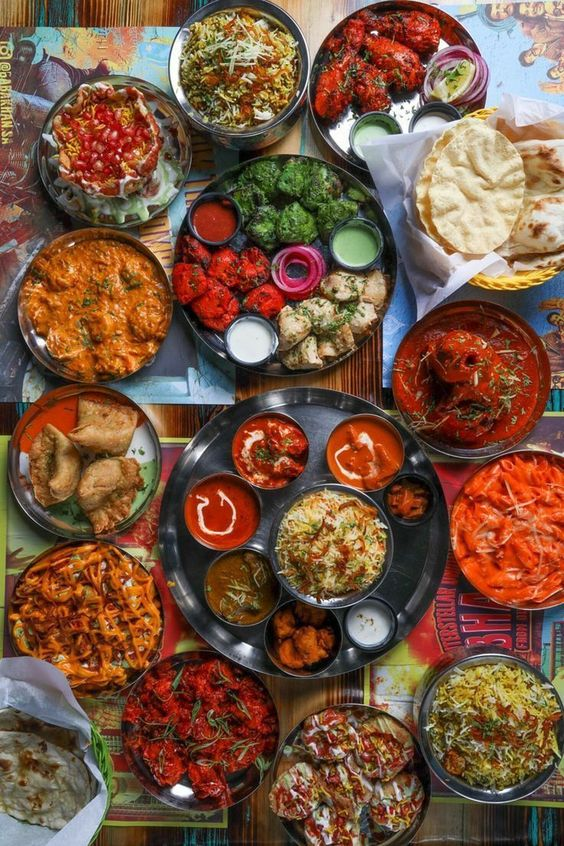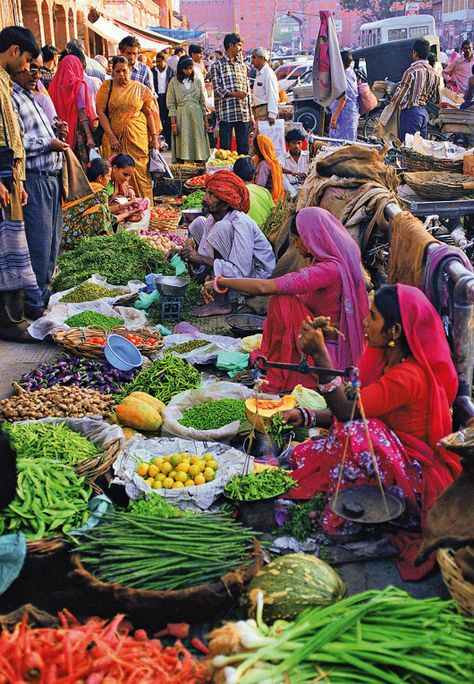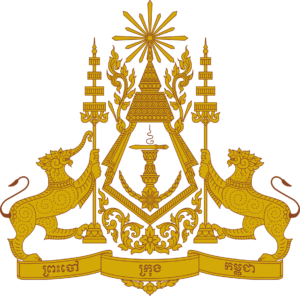This website uses cookies so that we can provide you with the best user experience possible. Cookie information is stored in your browser and performs functions such as recognising you when you return to our website and helping our team to understand which sections of the website you find most interesting and useful.
Honorary Consulate of Cambodia
Food is more than just sustenance, it’s a window into a culture’s history, geography, and traditions. Although I’ve never been to Cambodia, my culinary journey through the vibrant similarities between Indian and Cambodian cuisines has been an adventure of its own. As an Indian, I find the shared flavours, techniques, and traditions between the two countries


Spices that Speak to the Soul
In India, spices are the heart and soul of our culinary traditions. Spices like cumin, coriander, and turmeric, each telling a story of our heritage. From what I’ve learned, Cambodia holds a similar regard for spices. The use of lemongrass, galangal, and kaffir lime leaves in Cambodian cooking, mirrors the Indian love for aromatic flavours. The super careful process of grinding spices into a fine paste in Cambodia reminds me of preparing our own masalas. This shared passion for spices feels like a bridge connecting our two cultures.


Curry: A Common Love Affair
Curry is another delightful connection. In India, curry is a staple, offering comfort and warmth in countless variations. Cambodian curries, though milder in spice, are rich in flavour and steeped in tradition. Samlor korkor and Amok fish curry, for instance, is considered Cambodia’s national dish. This hearty curry, brimming with vegetables and sometimes meat, is a must have dish. It brings to mind our own vegetable stews and steamed fish curry, where the ingredients might differ here and there, but the cooking technique, the love and care put into the preparation are universal.


The Art of Fermentation
Fermentation is another technique that both Indian and Cambodian cuisines have mastered. In India, fermented foods like idli, dosa, and pickles are dietary staples, not only delicious but also packed with health benefits. Similarly, in Cambodia, fermented fish paste, known as prahok, is a culinary cornerstone. The bold, pungent flavour of prahok is unlike anything, yet it feels oddly familiar to our own achars (pickles) with their robust, tangy flavours.
Shared Street Food Culture
The love for street food is another common. In India, the streets come alive with vendors selling everything from spicy chaat to sizzling kebabs. Cambodia’s street food scene is equally enticing, with offerings like skewered meats, noodle soups, and sweet treats like Num Pang, a Cambodian sandwich that feels like a distant cousin to our own Mumbai vada pav.
Rice: The Universal Comfort Food
Rice, the staple that binds us, is another common thread. In both India and Cambodia, rice is more than just food—it’s a way of life. From the fragrant basmati rice in India to the aromatic jasmine rice in Cambodia, this humble grain is a daily comfort. The simplicity of rice, paired with a variety of curries and side dishes, is what unites us.
Desserts that Delight
Finally, the passion for desserts in both cultures is evident through their food. Indian sweets, with their rich, milky base and bursts of cardamom and saffron, are a treat for the senses. Classics like gulab jamun, deep-fried dough soaked in rose-scented syrup, and jalebi, spirals of fried batter dipped in sugar syrup, offer a rich and satisfying sweetness. Kheer, a creamy rice pudding flavoured with cardamom and topped with nuts, and rasgulla, spongy cheese balls soaked in sugar syrup, showcase the diverse textures and flavours of Indian desserts.


In Cambodia, desserts like Num Ansom Chek, a banana sticky rice cake, offer a similar indulgence. Other Cambodian sweets, such as Banh Chheu, a coconut pancake filled with sweet mung bean paste, and Cha Houy Teuk, a colourful jelly dessert made from agar-agar, sugar, and coconut milk, delight with their unique flavours and textures. The Cambodian sweet soup, Num Banh Chok, made with green noodles, fish gravy, and a variety of fresh herbs, presents a delightful blend of savoury and sweet.
The sweetness and the flavours in both Indian and Cambodian desserts transport you to a place of pure joy, much like our own modaks and payasam. Each dessert, with its own distinct ingredients and preparation methods, reflects the rich culinary heritage and the shared love for indulgence in sweet treats that both cultures cherish.
A Culinary Friendship
The similarities between Indian and Cambodian cuisines reflect our shared human experience. Our culinary traditions, though unique in their own ways, are bound by a common love for flavour, family, and heritage. While I may not have visited Cambodia, exploring its culinary landscape has been a journey of discovery and delight, reminding me of the beautiful friendship between our two cultures.

